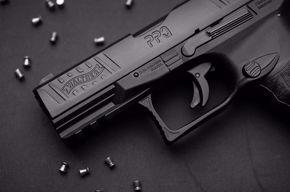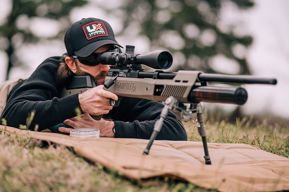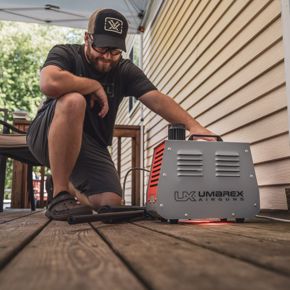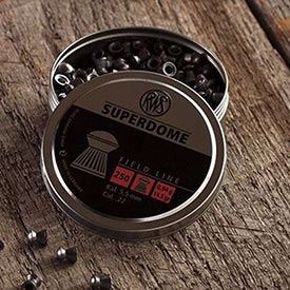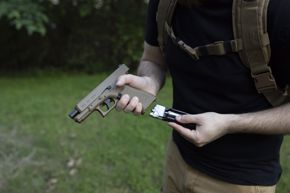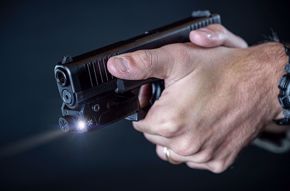4 Things to Know About Getting High-Pressure Air for PCP Airguns
Of all the elements you need to take into consideration when using PCP air rifles, where you source your compressed air is the most critical, especially if you don’t know someone with a high-pressure air compressor. Not all air is created equal. When looking for a place to fill your external tanks for pre-charged pneumatic air rifles, understanding the questions to ask will help you find the right places to go and avoid frustration.
- Know Your Air Gun: If your PCP air rifle can hold 4,500 psi, you’ll need to find a dive shop or paintball shop with a large enough compressor to fill to that limit. Many paintball or dive shops may only have compressors that will fill up to 3,000 psi. Calling ahead to ask the qualifying question as to the filling capability of their equipment will save you frustration in the long run.
- Charging For Air: When you find a scuba shop or paintball field that has the equipment to safely fill compressed air tanks, it is important to ask upfront what the cost of filling your tank or air cylinder will be. While some might fill for free, the average rate is one to three dollars for every 1,000 psi. Some shops charge a flat fee and that can start at $5 and go up just depending on the location. Keep in mind that equipment use and their time is of value, so don’t expect air for free. Too, the diving industry is highly regulated, so some shops may not fill your air tank if you’re not certified or have a dive card. When calling or visiting a shop for the first time, mention that you are an airgunner, and 80 percent of the time the shop personnel will take it from there.
- Have the Right Air Filling Equipment: Make sure you have the right equipment (adapters) for filling your tanks with air when you arrive at the shop. You may need a DIN connection to go from your carbon fiber tank’s valve to a dive shop’s air filling solution. Also, check your regulator/valve unit that’s screwed into the neck of the cylinder of your air tank to ensure nothing is loose or broken. This unit regulates the flow of compressed air, has the pressure gauge and the main on/off valve. The bleed valve and the air outlet are also located here and are key elements to filling your air tank. Check your air fill line. An air fill line is the connection between your charging cylinder and your gun. Some compressed air tanks can be bought with one already assembled. As a rule of thumb, always keep an eye on your O-rings and replace them regularly to keep them from wearing out and failing at an inopportune time.
- Air Tank Maintenance: If you own an external air tank, like a carbon fiber tank or, know you will need to work with your shop to have it tested, every five years. Call ahead to schedule a test. Remove your air fill line before you take your cylinder to the shop. The staff at the shop does not need it since it can get lost or damaged. It’s important to keep the cylinder’s DIN valve clean when no air fill line is fitted or when you are traveling.
Getting your air is important. Knowing what to ask for and what to bring is equally important to having a smooth experience and building a great relationship at your local air supply shop. And, always remember to thank those who help you. Use this link to find a local shop that can fill your airgun near you.

